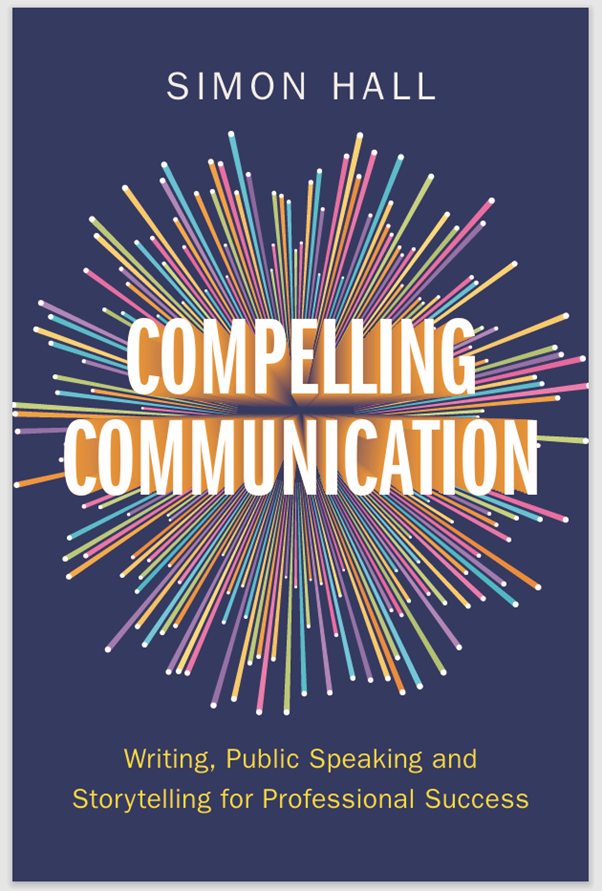If you get put off by being asked questions when you’re presenting, or you’re concerned about the reaction of an audience, this is how to deal with the problem before it even happens...
Two of my clients had very similar problems this week.
Both concerned big presentations they had to give.
And in both cases, they were worried about interruptions.
Fortunately I was able to help, and I’m pleased to say the solution worked well.
.
Client one was hosting a discussion about an issue which can get controversial.
In the audience, they knew there would be several people from very different viewpoints…
Who had strongly, in fact, vociferously disagreed in the past.
To the extent even that things had got nasty in terms of personal abuse.
.
My client, quite rightly, didn’t want that to happen again.
Thus disrupting and potentially even spoiling a high-profile and important event.
.
Client two had a crunch presentation to give.
They were worried about being asked questions as they went through their performance.
That, they said, always put them off.
They lost their flow, and struggled to get it back.
.
Was there any way of preventing questions being asked while they spoke?
But instead making clear: it would be fine to raise questions, but please wait until the end to do so.
.
Although they might sound like very different issues, the solution to both problems was the same.
- The wonderful trick of signposting.
.
If you haven’t heard of it, signposting is a lovely way to guide an audience through a talk.
Or call attention to specific and important points.
.
For example, geographical signposts in a presentation might be:
- Let me start by… As we reach the midpoint of this discussion… Next, we turn to the issue of... Moving now to a conclusion…
.
Highlighting points of specific interest, you might use words such as:
- Now we come to a critical moment… If you remember only one thing from the talk, let it be this… Think carefully now about what I’m going to tell you…
.
Each signpost refreshes an audience’s attention, if they might be in danger of drifting away.
They are also wonderful for hammering home your most important messages.
So, how were they helpful for my clients?
.
For the one with the fear of (verbal) fisticuffs, they welcomed everyone, then, with a smile said:
– I’m aware this can be an issue which arouses great passions. Good, a robust debate would be very welcome. But! Let’s make sure we keep it to the issues, and not the personalities please.
.
The trick worked in making very clear from the outset what was acceptable, and what wasn’t.
All courtesy of a great big signpost.
.
For client two, when they began their talk, they added:
- I know you will have questions, but could I please ask you to leave them until the end, when I’ll be happy to deal with anything you might want to raise.
.
Again, the signposting trick worked beautifully.
They got to deliver their presentation uninterrupted, it went brilliantly, and there were plenty of questions at the end.
.
So, if you’re facing a potentially challenging talk, or presentation…
Think about using signposting to make your life easier.
It's a subtle, but highly effective technique of public speaking.
.
By the way, if you’re interested in finding out more about signposting, and other tricks to elevate your public speaking and presentations…
You could do a lot worse than consult a certain book!

It’s newly published, and I’m very proud of it, but more importantly it might also be useful for you.
That’s whether you need help with writing skills, storytelling, public speaking, presentations, online presence, getting featured in the media and dealing with journalists, or strategic communication.
Here's the link to find out more.
End of plug!
